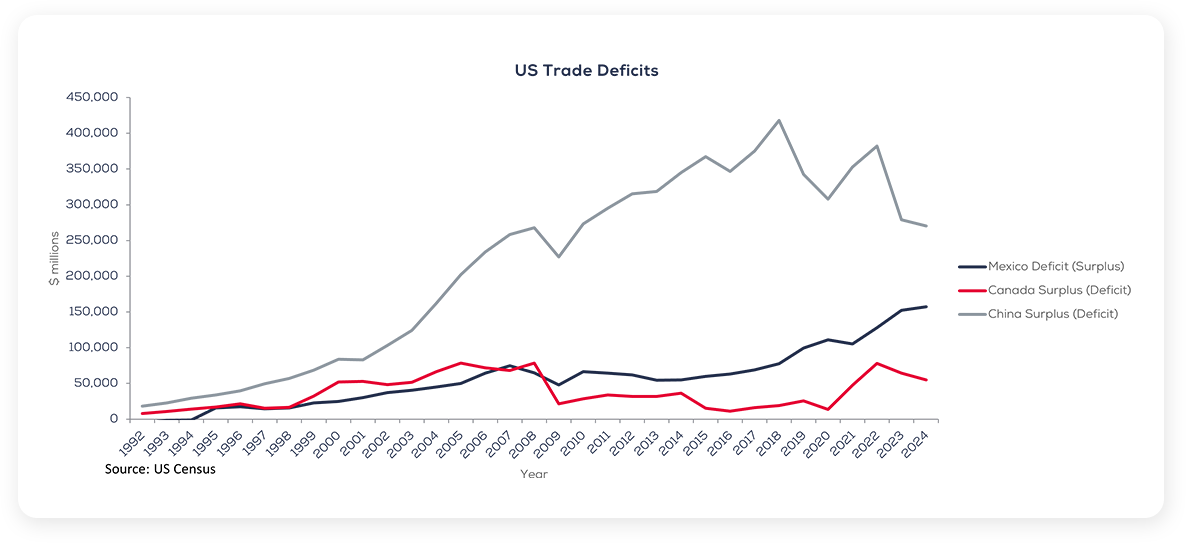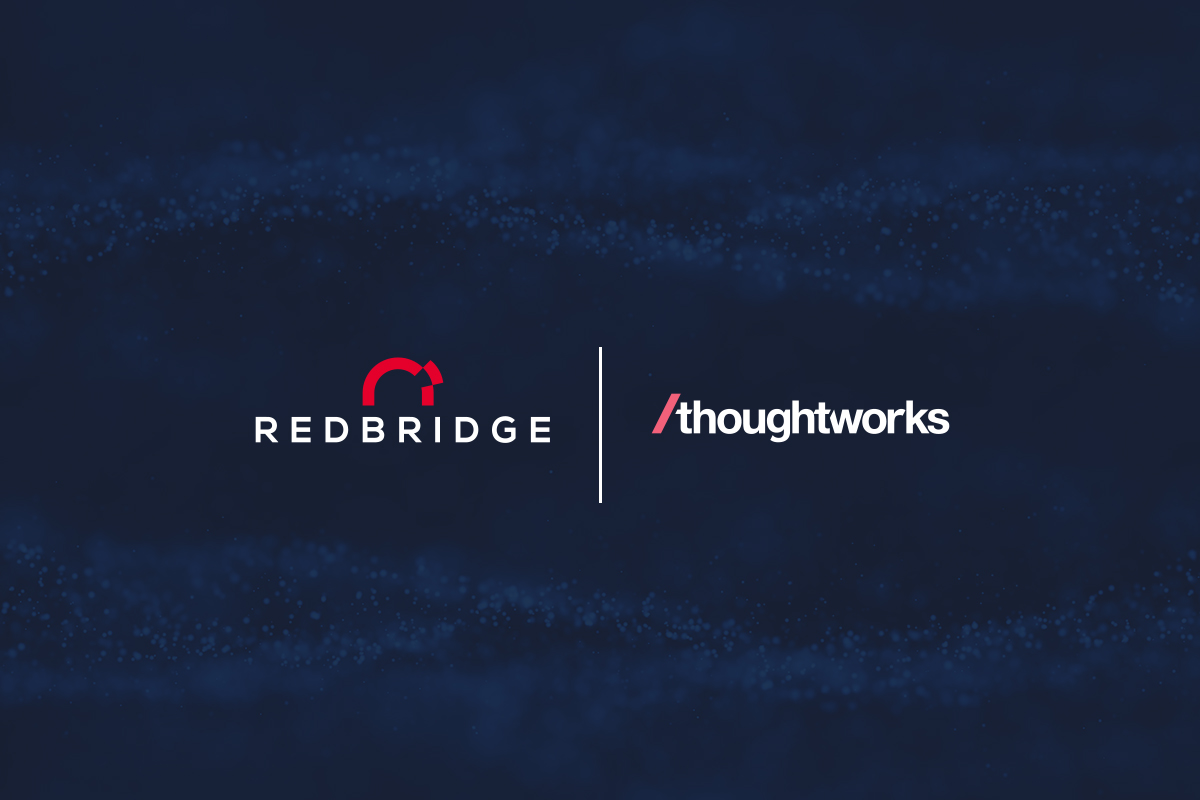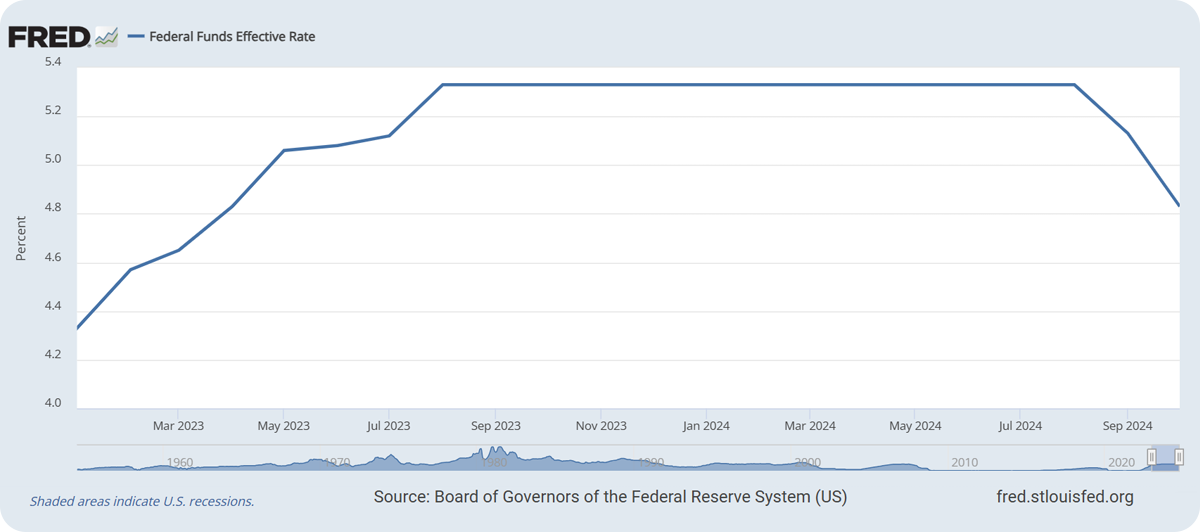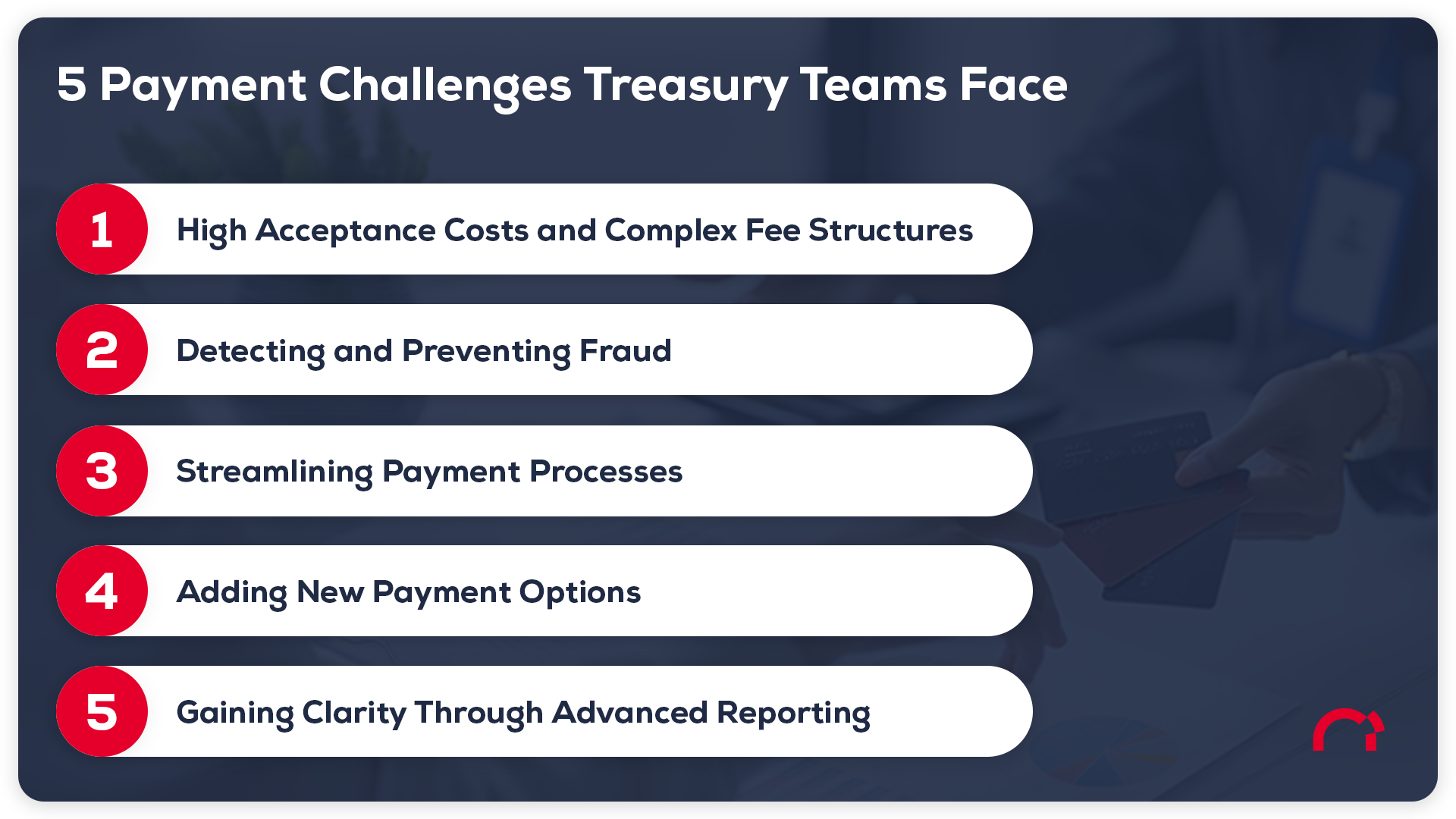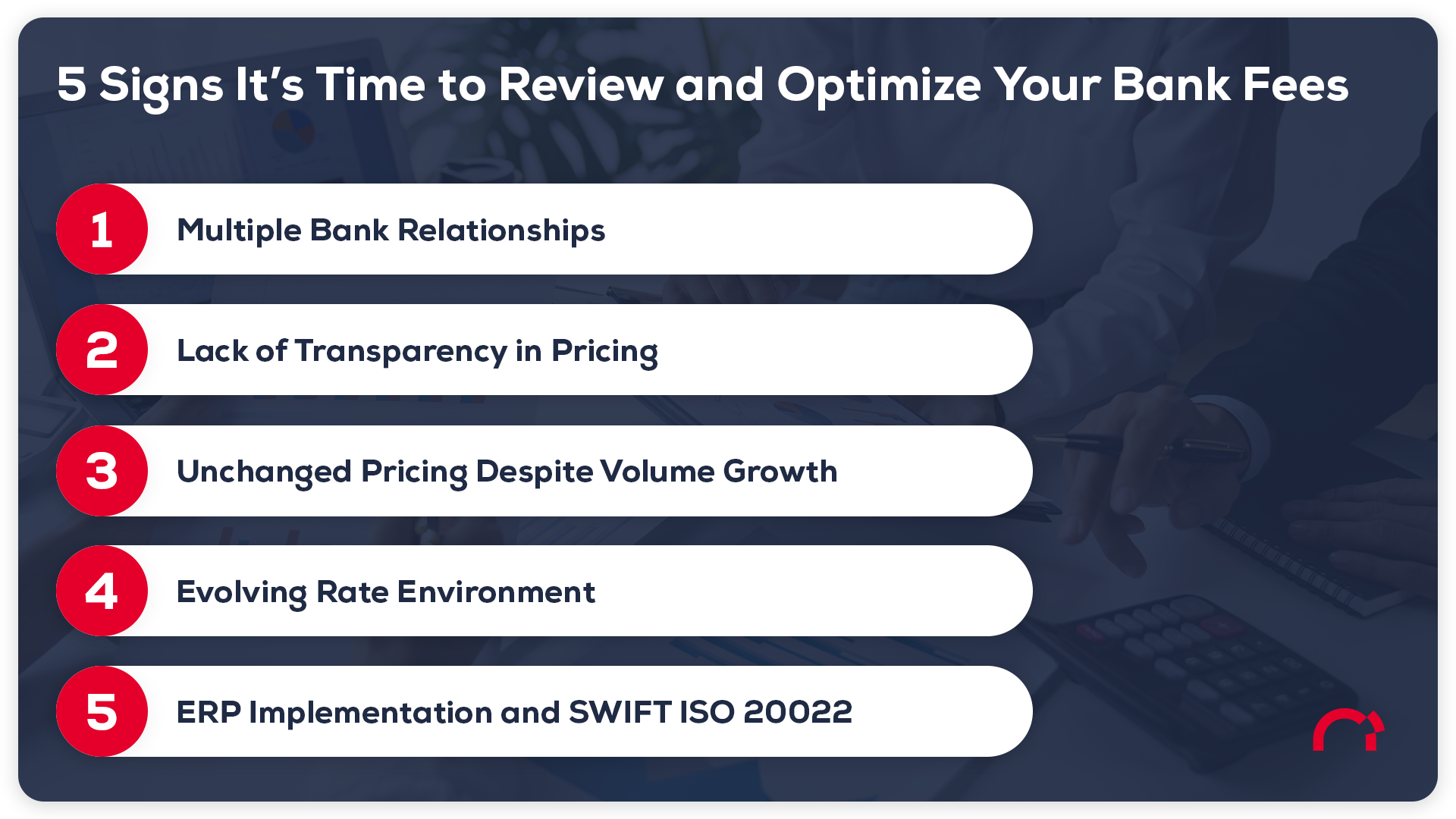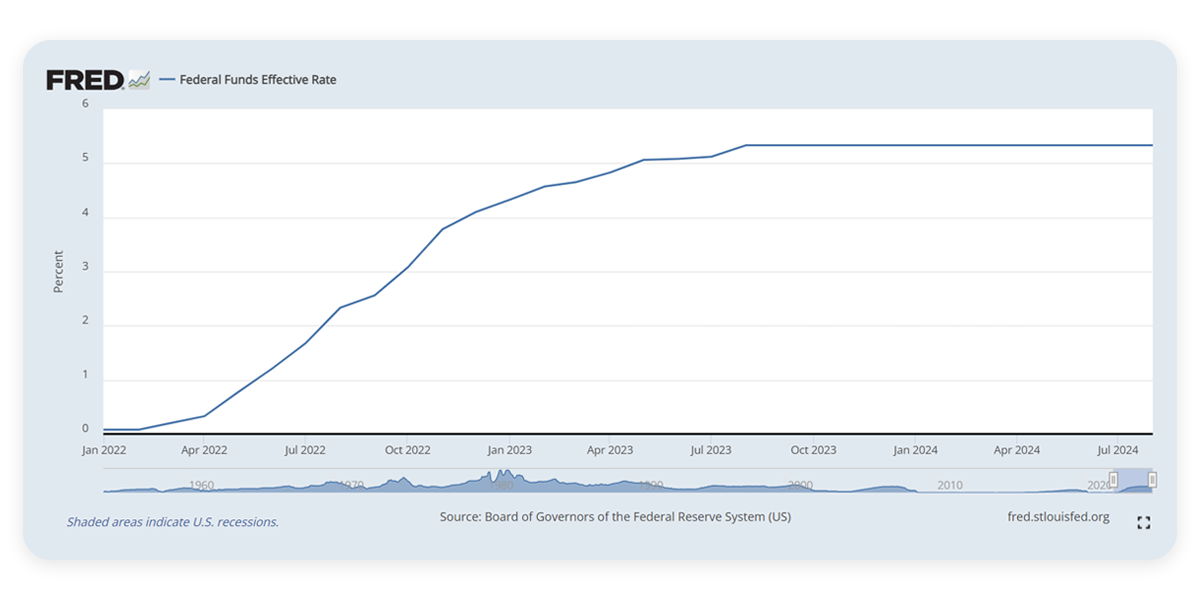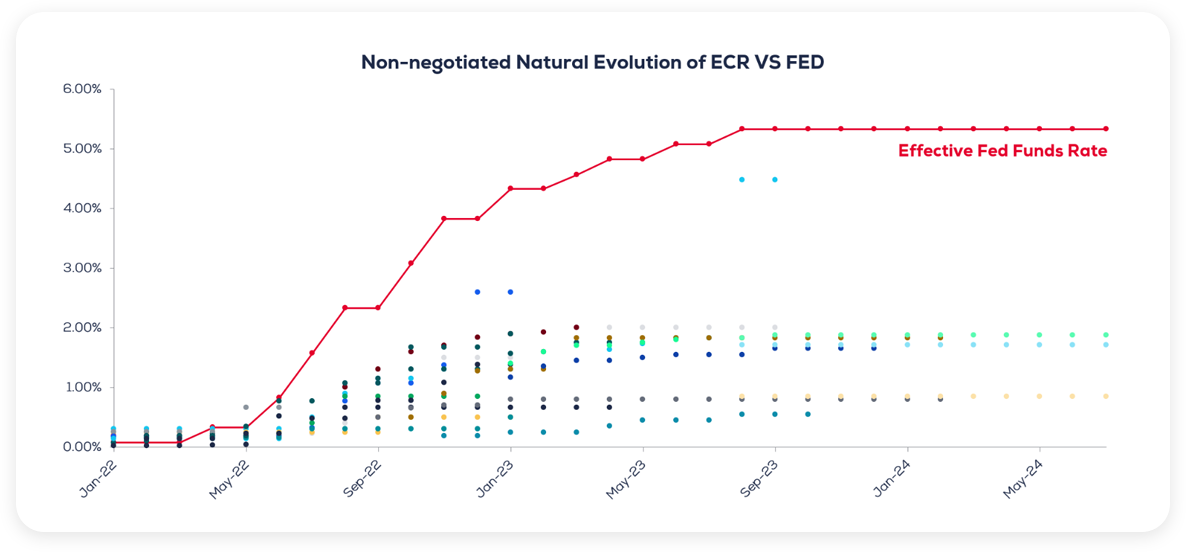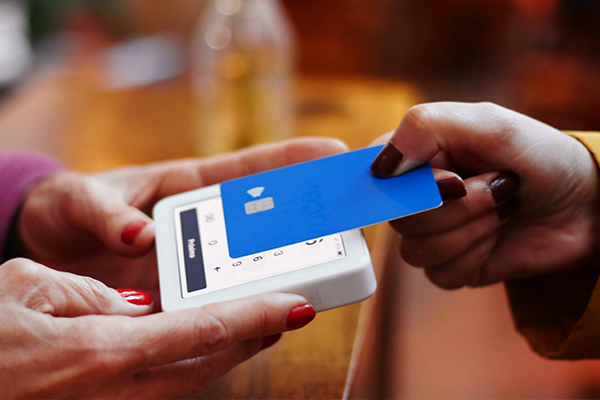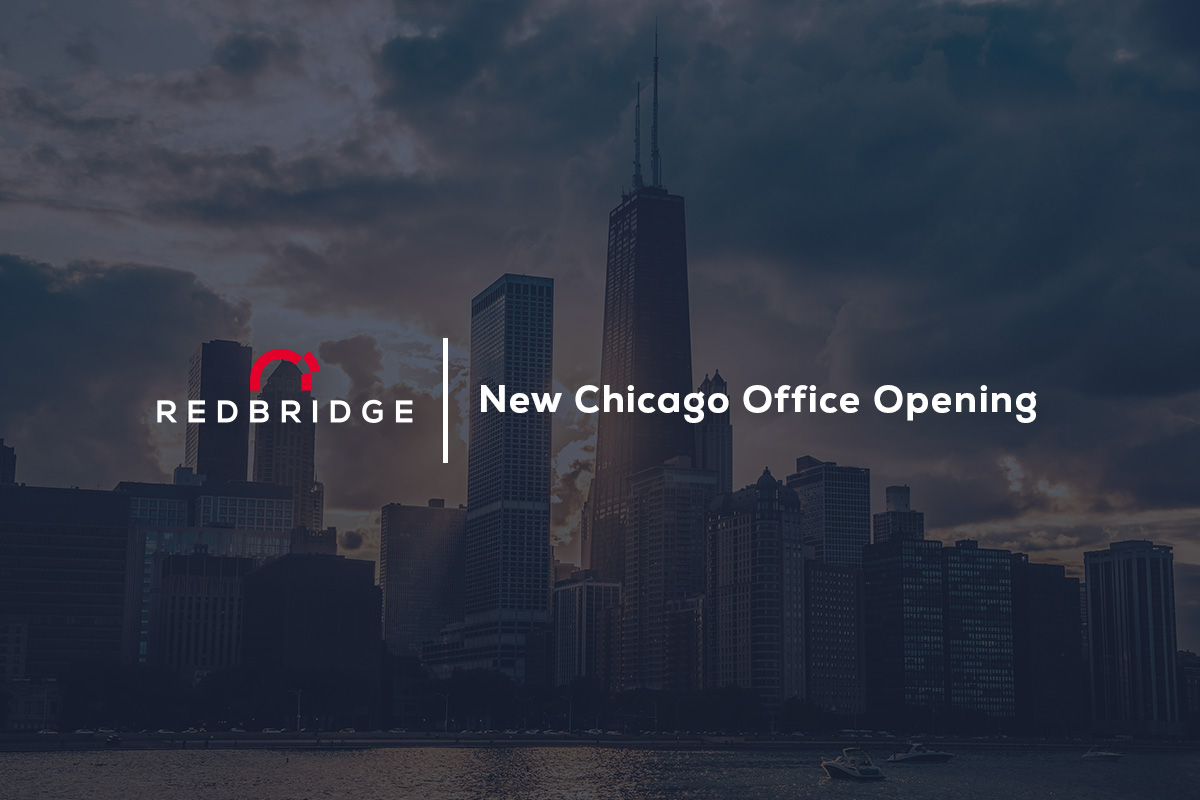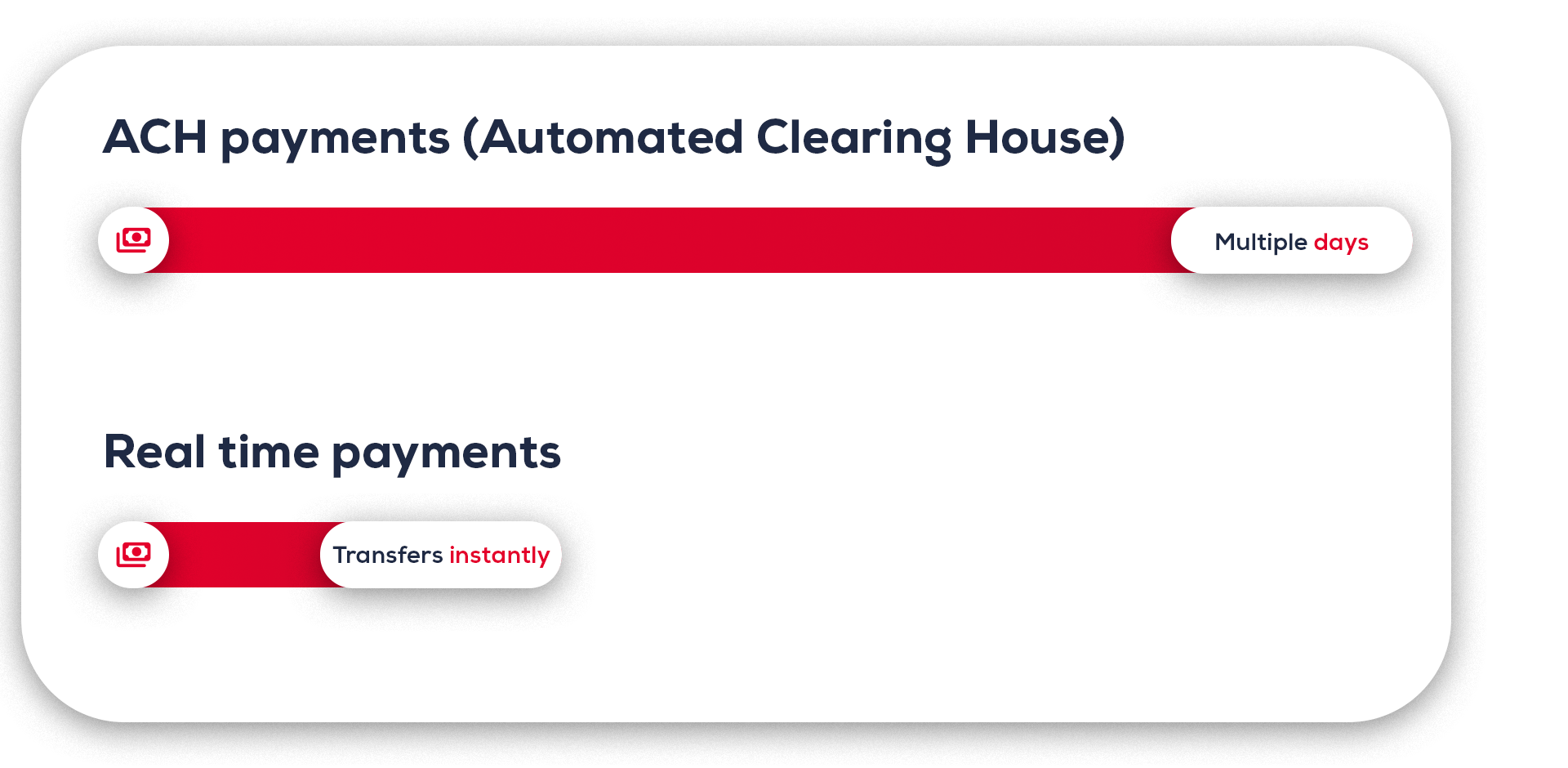Reduce Hidden Costs and Improve FX Margins


Understanding the Cost of Foreign Exchange Transactions
Foreign exchange (FX) is the largest financial market in the world, with over $7.8 trillion traded daily. Companies regularly engage in FX transactions—whether for international payments, hedging risk, or treasury management—but many fail to realize how much they’re overpaying. Lack of transparency in FX pricing leads to higher-than-necessary costs, and 9 out of 10 companies unknowingly pay excessive margins above the market rate.
FX costs are made up of two key components: the interbank exchange rate (the rate at which banks trade currencies with each other) and the FX margin (the markup banks apply when executing transactions for corporate clients). While businesses have no control over exchange rates, they can control the margins they pay—but only if they have the right visibility and expertise.
At Redbridge, we specialize in uncovering hidden costs in FX transactions. Even companies with sophisticated FX platforms or multi-bank dealing tools (MDPs) often lack the full picture of what constitutes a fair margin. Our expertise helps finance teams benchmark their FX costs against market standards and optimize their trading strategies.
Not All FX Trades Are Created Equal
FX trades can take different forms depending on a company’s operational needs and risk management strategies. Understanding these distinctions is critical to optimizing FX costs.
Spot Trades: The Most Common Type of FX Transaction
A spot trade is an agreement between two parties to exchange a specific amount of one currency for another at the prevailing market rate (the spot rate). Settlement typically occurs within two business days. Spot trades are commonly used for urgent cross-border payments, such as supplier invoices or investment transfers.
As Pauline Lion explains:
“A spot trade is purely operational. It means you need to pay someone in another currency, and you’re not necessarily hedging against risk—you’re just making a transaction.”
However, the margin banks apply on spot trades varies significantly, depending on factors like currency liquidity and transaction size. Without benchmarking, businesses risk paying up to 20 times more than the fair market rate when dealing bilaterally with a single bank instead of using competitive multi-bank pricing.
Forward Contracts: Locking in Rates to Manage Currency Risk
A forward trade is a contract to exchange currencies at a predetermined rate (the forward rate) on a future date. These are typically used for hedging against currency fluctuations, providing certainty for financial planning.
Sara Moren describes it as:
“If you need to make a payment in a foreign currency, but you don’t need to settle it immediately, a forward contract locks in your rate so you’re not exposed to market swings.”
FX Swaps: Managing Liquidity and Funding Costs
An FX swap combines a spot trade and a forward trade into a single transaction. Companies use swaps to manage liquidity, hedge risks, and minimize funding costs, ensuring they have the right currency at the right time without unnecessary exposure.
Each of these FX instruments has its own pricing structure, and banks assess margins based on trade type, contract length, and company profile. Redbridge helps businesses evaluate whether they’re getting the most competitive pricing across their FX trades.
What Drives FX Margins—and How Redbridge Reduces Them
Several factors influence the FX margin banks apply to corporate transactions. Understanding and managing these elements is key to reducing costs.
1. Currency Liquidity Matters
Not all currency pairs trade at the same level of liquidity. The most frequently traded currencies—known as G10 currencies—include the USD, EUR, GBP, JPY, AUD, CAD, CHF, NOK, NZD, and SEK. These pairs typically attract the lowest margins. However, exotic or thinly traded currencies carry higher costs due to increased risk.
2. FX Margins Vary by Instrument and Tenor Length
The trade type and contract duration influence the margins set by the processing bank. The price for any instrument settling beyond the spot data includes the spot price and the interest charges until the settlement date. As a result, spot trades are cheaper than forwards and swaps.
3. Company Profile Shapes FX Pricing
Banks assess client creditworthiness, transaction volumes, and ancillary banking relationships when setting FX margins. Companies with high trade volumes and strong banking relationships can negotiate more competitive rates.
4. Bidding Banks Influence FX Costs
Using multiple banking partners and a multi-bank dealing platform (MDP) significantly improves pricing by introducing competition. When businesses negotiate FX bilaterally with a single bank, they often overpay by up to 20 times the market rate.
However, simply having an MDP doesn’t automatically guarantee optimal pricing. As Pauline Lion points out:
“Even with a multi-bank dealing platform, companies still don’t always know if they’re getting a fair margin. You need benchmarking data to compare against peers and ensure pricing is aligned with market conditions.”
Redbridge helps clients gain this critical transparency and negotiate better FX terms.
Redbridge is an FX Optimization Partner
Many companies assume their FX pricing is competitive, but without the right tools and expertise, they are often overpaying. Redbridge provides the missing transparency, offering:
- FX cost assessments benchmarked against live market data
- Historical trade reviews to identify cost-saving opportunities
- Negotiation support to secure better FX margins
We follow the same proven methodology used in our bank fee engagements, beginning with an FX scorecard to assess opportunities. The entire process typically takes between 1 to 3 months, depending on the complexity of your FX structure.
As Constance Véron summarizes the Redbridge offer as:
“We work with finance professionals who already have experience but need help clarifying what they should be paying. Even sophisticated companies with complex FX setups often overpay without realizing it.”
If you suspect your company is paying too much on FX transactions—or simply want an expert review—Redbridge can help you optimize costs, improve transparency, and strengthen your FX strategy.
Get Started Today
Ready to take control of your FX costs? Contact Redbridge today to schedule an FX cost review and start optimizing your foreign exchange transactions.

